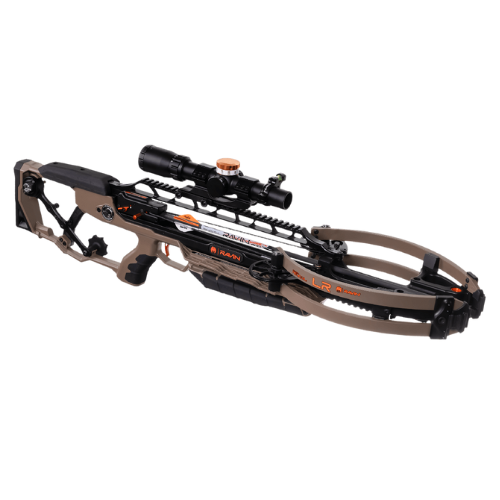Tenpoint crossbows stand out for their precision and reliability. However, like any sophisticated equipment, they may occasionally encounter a hiccup - notably, instances where the crossbow fails to fire. This issue, while not common, can be a source of frustration and concern, particularly when you're out in the field, relying on your gear. Crossbows, by their nature, are powerful and demand respect and caution. This involves ensuring that the crossbow is unloaded and pointed in a safe direction, especially during troubleshooting.
In this post I aim to arm you with practical troubleshooting tips that can help you diagnose and, hopefully, resolve issues related to your crossbow not firing. The approach is to be direct and clear, providing you with actionable advice that's rooted in a deep understanding of crossbow mechanics and maintenance.
Voluntary Product Recall
In 2015 TenPoint, in collaboration with the U.S. Consumer Product Safety Commission, started a voluntary product recall to self-test and, if required, repair specific models of TenPoint and Wicked Ridge crossbows. If you are the owner of one of these models simply perform a straightforward self-test to find out whether your crossbow is subject to this recall and needs repair. Note -You need to register your Tenpoint Crossbowwithin 30 days of the purchase to activate the warranty.
Tenpoint crossbow failing to fire
We forget that crossbows are not just tools of the trade for hunters and archery enthusiasts, they are potent, high-tension devices that demand respect and careful handling at all times. The gravity of this cannot be overstated.
Always Treat Your Crossbow as if It’s Loaded
This is a fundamental rule in handling any weapon, including crossbows. Even if you are certain that your crossbow is unloaded, treat it with the same caution as you would a loaded weapon. This mindset helps prevent accidental misfires and promotes a consistent safety culture.
Crossbow Unloading
Before you start any form of troubleshooting, ensure that your crossbow is completely unloaded. Remove any bolts or arrows from the device. This is a critical step to prevent any accidental firing that could result in injury or property damage.
Safe Direction
Always point the crossbow in a safe direction. A safe direction means that even if the crossbow were to discharge accidentally, it would not cause injury or damage. This is especially important when you are inspecting or working on your crossbow.
Mind Your Surroundings
Be aware of your environment. Ensure that there are no people, pets, or any valuable items in the potential path of the crossbow. Even an unloaded crossbow can cause harm if mishandled or dropped.
Keep Your Fingers Away from the Trigger
While inspecting or troubleshooting your crossbow, keep your fingers away from the trigger until you are ready to test-fire it in a controlled and safe environment. Accidental pressure on the trigger can lead to unintended firing.
Regular Crossbow Maintenance
For optimal performance and longevity of your crossbow, regular maintenance is essential. Please follow the manufacturer’s instructions carefully for each step. Pay special attention to accessories like the scope and cocking device, ensuring they are in top condition. It's advisable to check all parts of the crossbow, from the limbs to the trigger mechanism, regularly. Don't forget to inspect the string and cables for wear and tear. For those who are more visual learners, many manufacturers provide crossbow maintenance tutorialsin video format. These videos can be incredibly helpful, offering step-by-step guidance on everything from how to properly cock your crossbow to ensuring every component is in working order. Remember, a well-maintained crossbow not only performs better but is also safer to shoot. So, take a moment to check each side and aspect of your crossbow regularly, ensuring that your next hunting trip or target practice session is both successful and safe.






